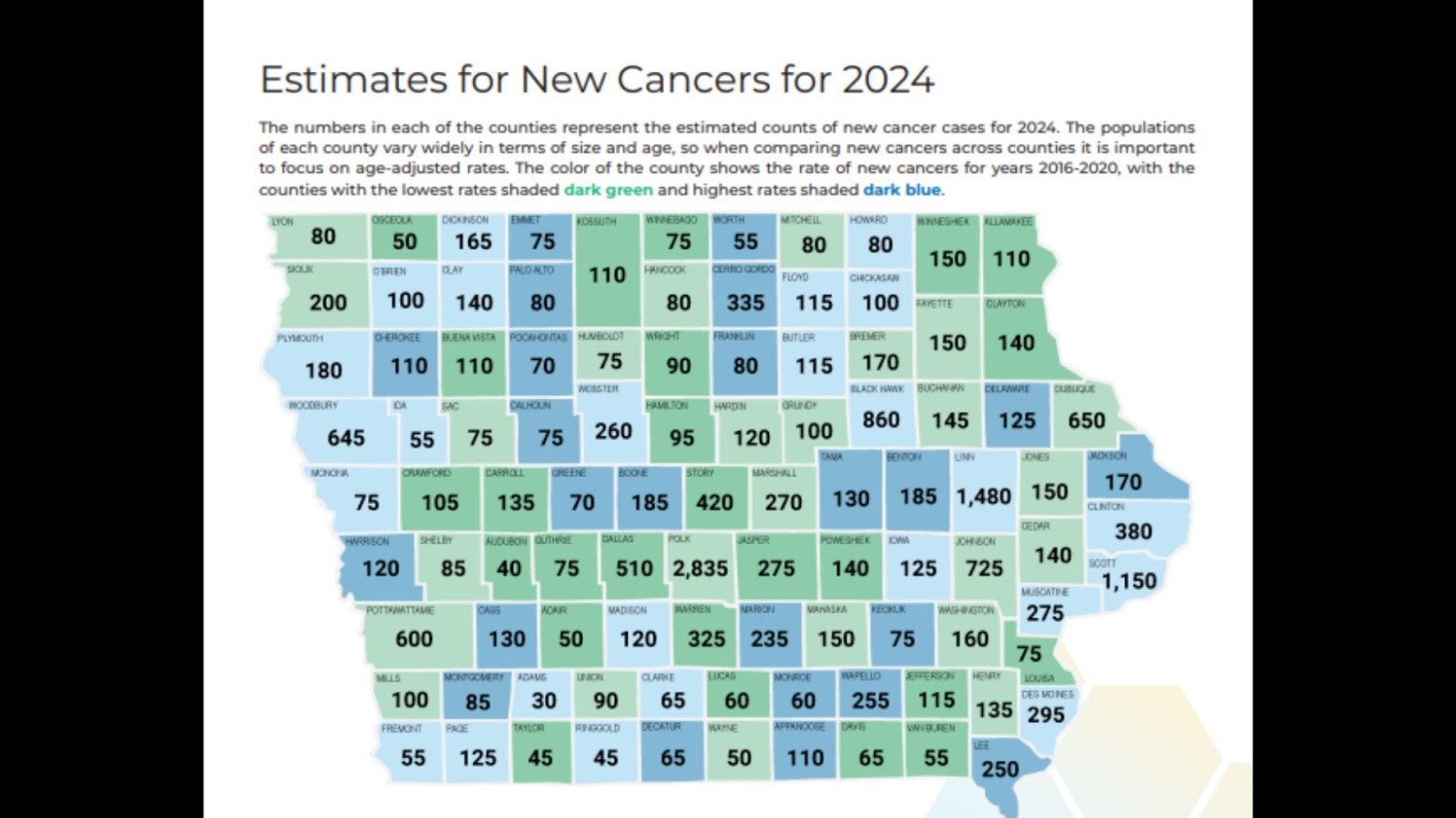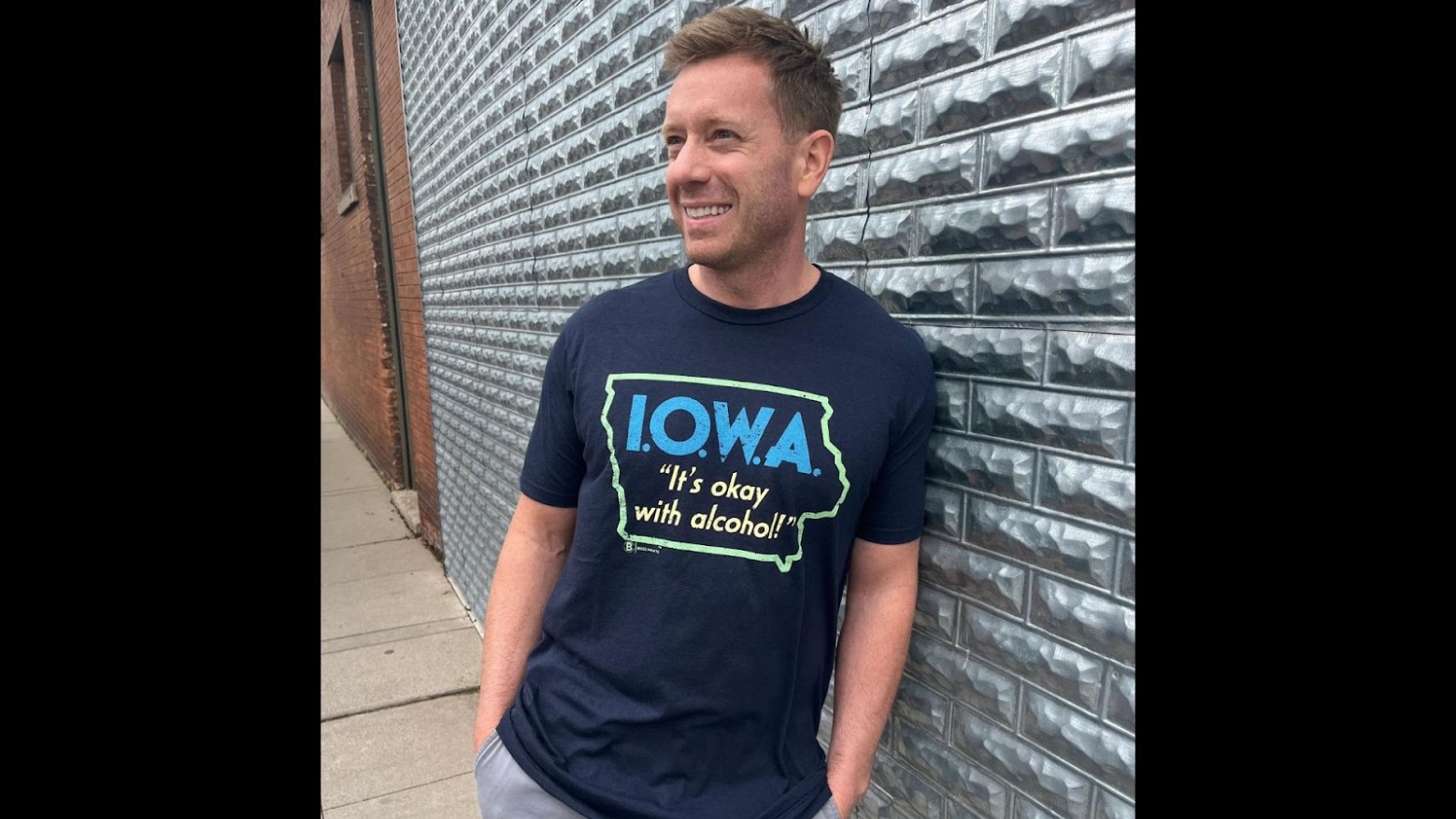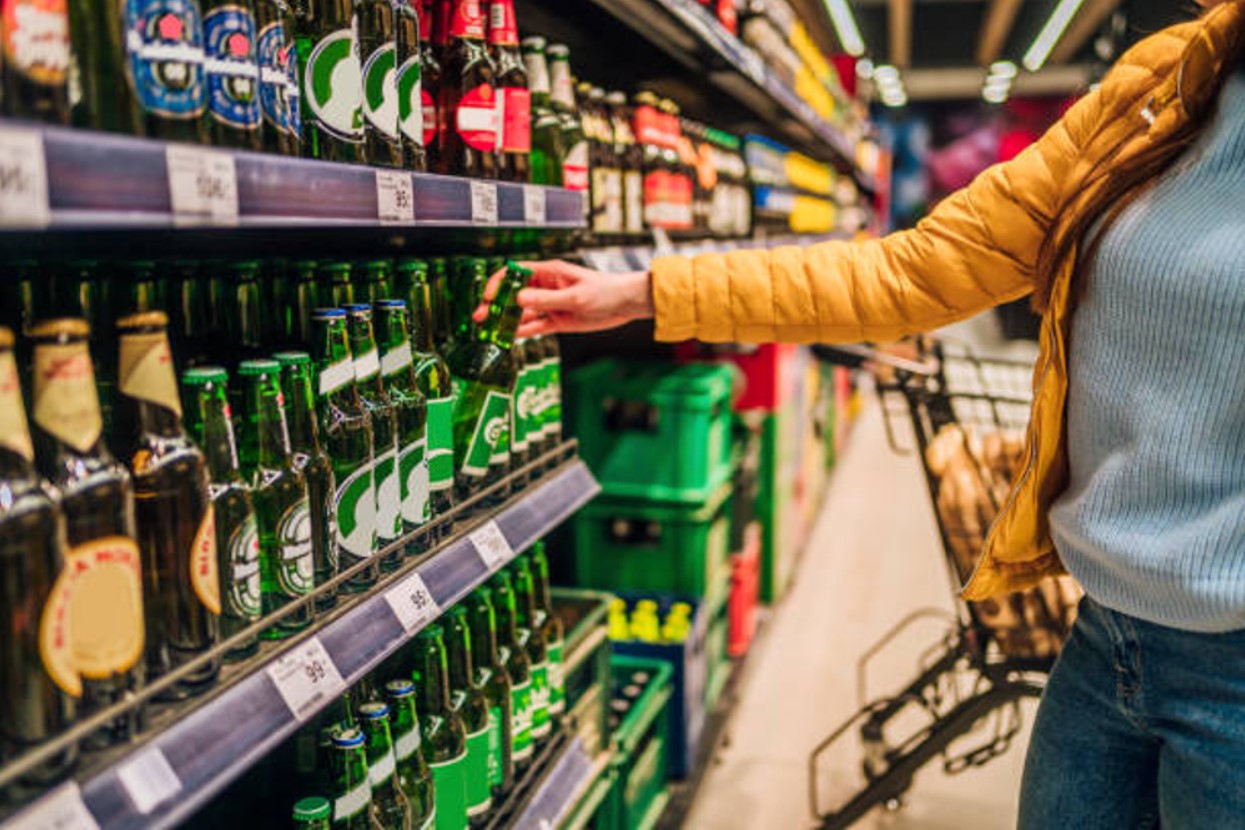The American Cancer Society has reported they are expecting over 2 million new cancer diagnoses in 2024, which is more new cases than any other year in the history of cancer.
While the number of cancer cases is rising across the country, there are certain states with more cancer diagnoses than most. According to a recent study, Iowa has the fastest-growing rate of cancer in the USA, and experts believe this is because of the state’s extremely high alcohol consumption.
Iowa’s Cancer Rates Are Climbing

Currently, Iowa has the second highest cancer rate in the USA, second to Kentucky.
However, the state also has the fastest growing rate of new diagnoses with an estimated 21,000 new cases in 2024. Which means that the Hawkeye State may take the number one spot by the end of the year.
Iowa’s Alcohol Consumption Is the 4th Highest in the Country

Meanwhile, Iowa reports the 4th highest alcohol consumption in the entire country, sitting just behind Kentucky, Mississippi, and Louisiana.
And now, a study conducted by the University of Iowa’s College of Public Health shows that these two statistics are undoubtedly directly related.
What’s Iowa Known For?

Iowa is known around the country for being a quiet, beautiful state full of farms, corn, football, and backyard BBQs. It’s the kind of state where everyone knows the name of their neighbors and aren’t fussed about the ever-changing trends.
For these reasons, some have called Iowa boring… unless alcohol is involved, that is. One popular graphic t-shirt sold in Iowa actually reads “Iowa ‘It’s okay with alcohol!’”
Iowa’s Collective Drinking Problem

Of course, these characteristics of football, farming, and living a slower life all lend themselves toward a culture that enjoys a cold beer.
However, Iowa’s alcohol consumption is quickly transitioning from a familiar pastime to a real problem, as statistics have noted that a large percentage of Iowans aren’t just drinking a cold beer at the end of a long day.
Alcohol Intake Statistics in Iowa

Binge drinking is defined by the CDC as five or more drinks for men or four or more drinks for women at a singular event.
But while only 17% of Americans reportedly participated in binge drinking 2022, 22% of Iowans admitted to binge drinking that year.
Wealthy Men Are Most Likely to Binge Drink in Iowa

The University of Iowa study also noted that men are more likely to binge drink than women, and the highest binge drinking rate was within those residents aged 25 to 34.
And interestingly, 30% of men who make more than $100,000 reported binge drinking, whereas only 20% of men making less than $50,000 a year were excessively drinking.
Iowa’s Next Generation Is Already Drinking

The study didn’t just poll adults in Iowa, but the state’s youth as well, and what they found was extremely concerning.
They learned that 23% of adolescents aged 12-20 in Iowa reported drinking over the past year, and 15% admitted to binge drinking.
Alcohol Absolutely Causes Cancer

Now, according to the Centers for Disease Control and Prevention (CDC), “Drinking alcohol raises your risk of getting several kinds of cancer.”
Research has proved that drinking alcohol causes acetaldehyde to form within the body, which damages the DNA and prevents the body from making the necessary repairs. Then, the CDC reports, “When DNA is damaged, a cell can begin growing out of control and create a cancer tumor.”
Residents of Iowa Report They Had No Idea Alcohol Can Cause Cancer

But while this information is widely available, it’s apparently not common knowledge in Iowa. Professor of epidemiology and director of the Iowa Cancer Registry, Dr. Mary Charlton, told the press that, “Only 40 percent of the general public even knew that alcohol could contribute or cause cancer.”
Additionally, some residents said they believed certain alcohols, like wine, were actually good for the body. A fact which has been proven to be entirely untrue.
Awareness Is the First Step in Curtailing the Growing Cancer Rates in Iowa

Dr. Charlton explained that she and other authors of the study released by the University of Iowa are hoping that this information will bring awareness to the state’s residents regarding the direct correlation between alcohol consumption and cancer.
She said in a recent statement, “Alcohol is one modifiable risk where Iowans stand out from the rest of the country, and that may be contributing to our high cancer rates. My main message today is meant to be a literal buzz kill.”
Should Further Action Be Taken to Reduce the Growing Cancer Rate in Iowa?

However, while awareness is certainly essential, some are wondering if more should be done to help reduce the ever growing rate of cancer in the Hawkeye state.
Dr. Charlton wondered aloud, “What are the things that we can do at a population level, whether it’s policy, legislation, programming, things like that, that make it easier to make the healthy choices and harder to make the less healthy choices?”








































